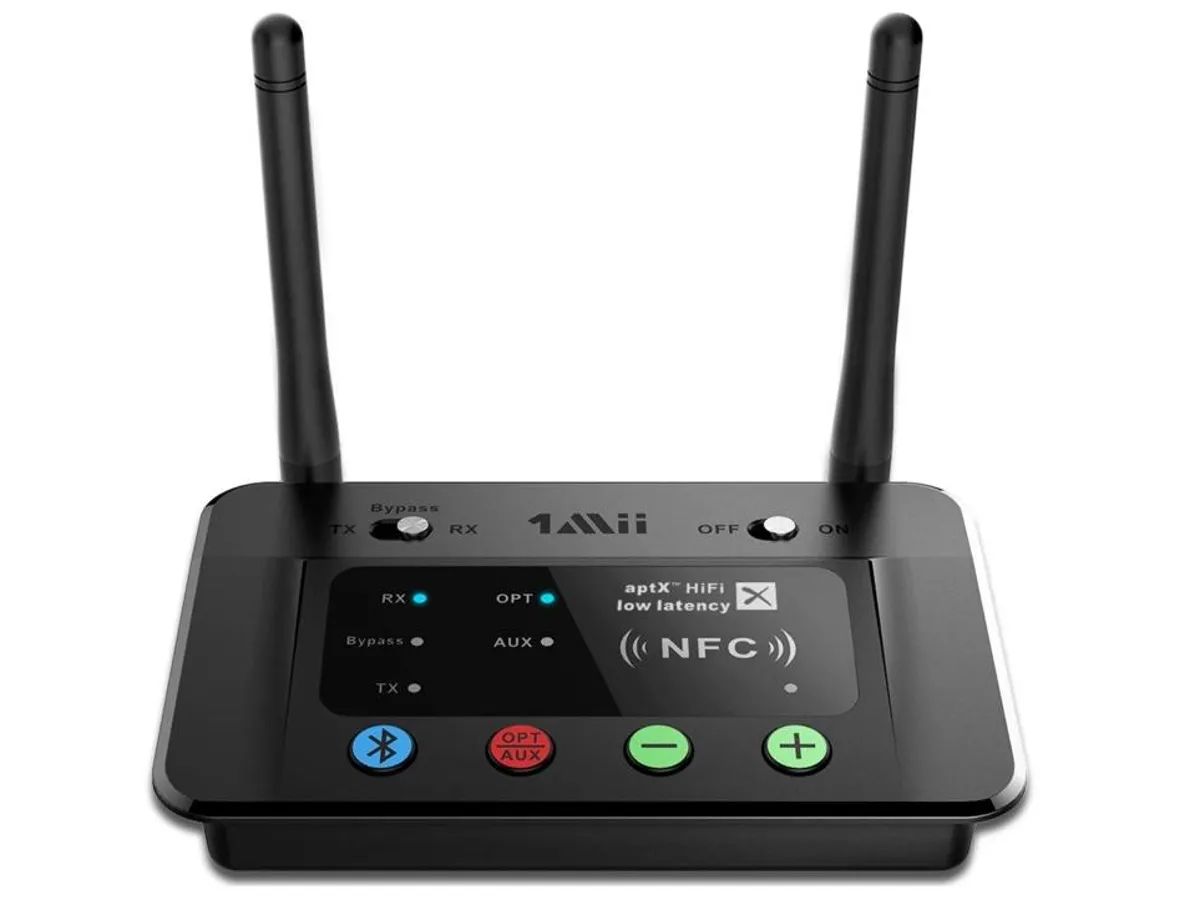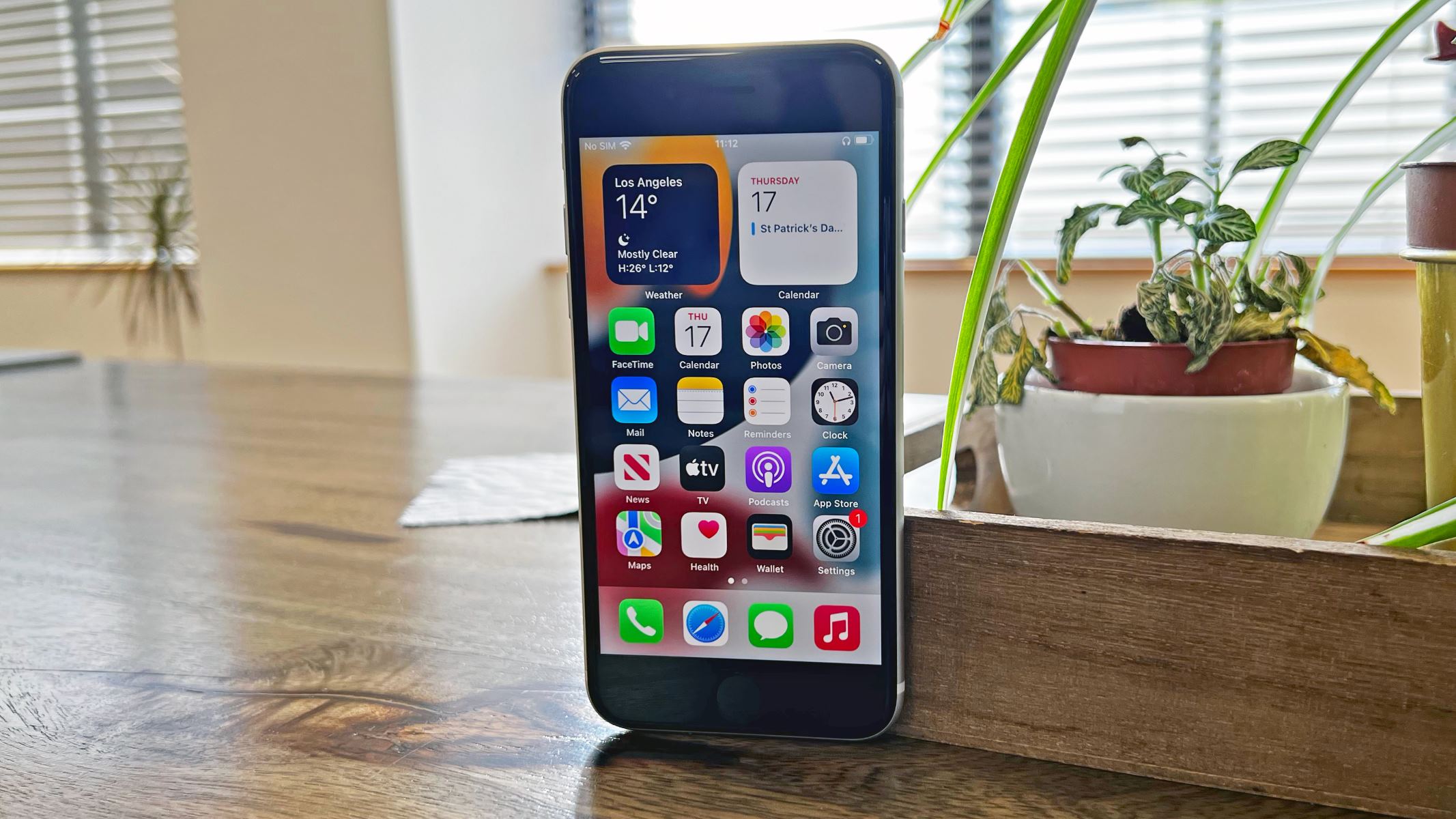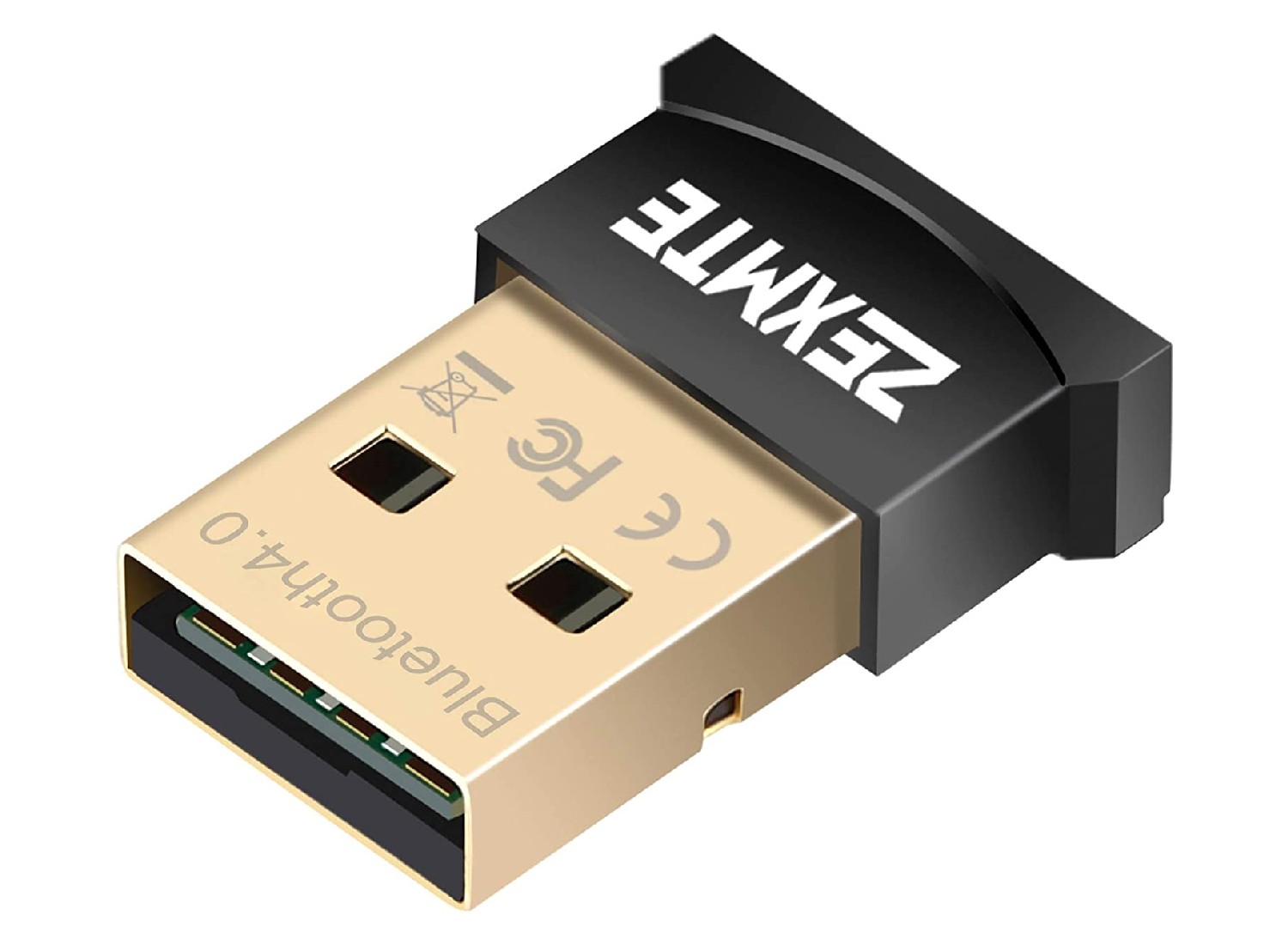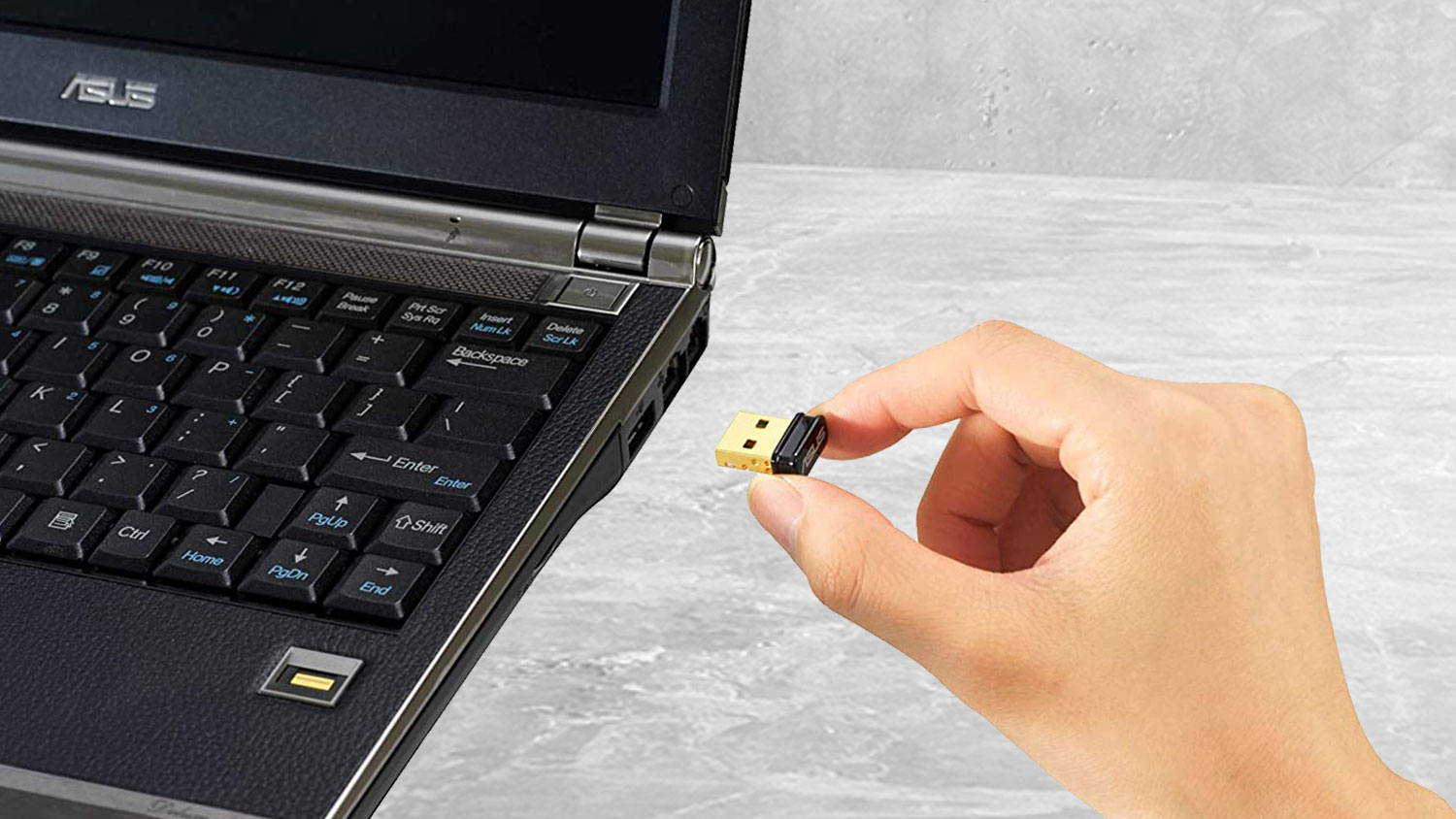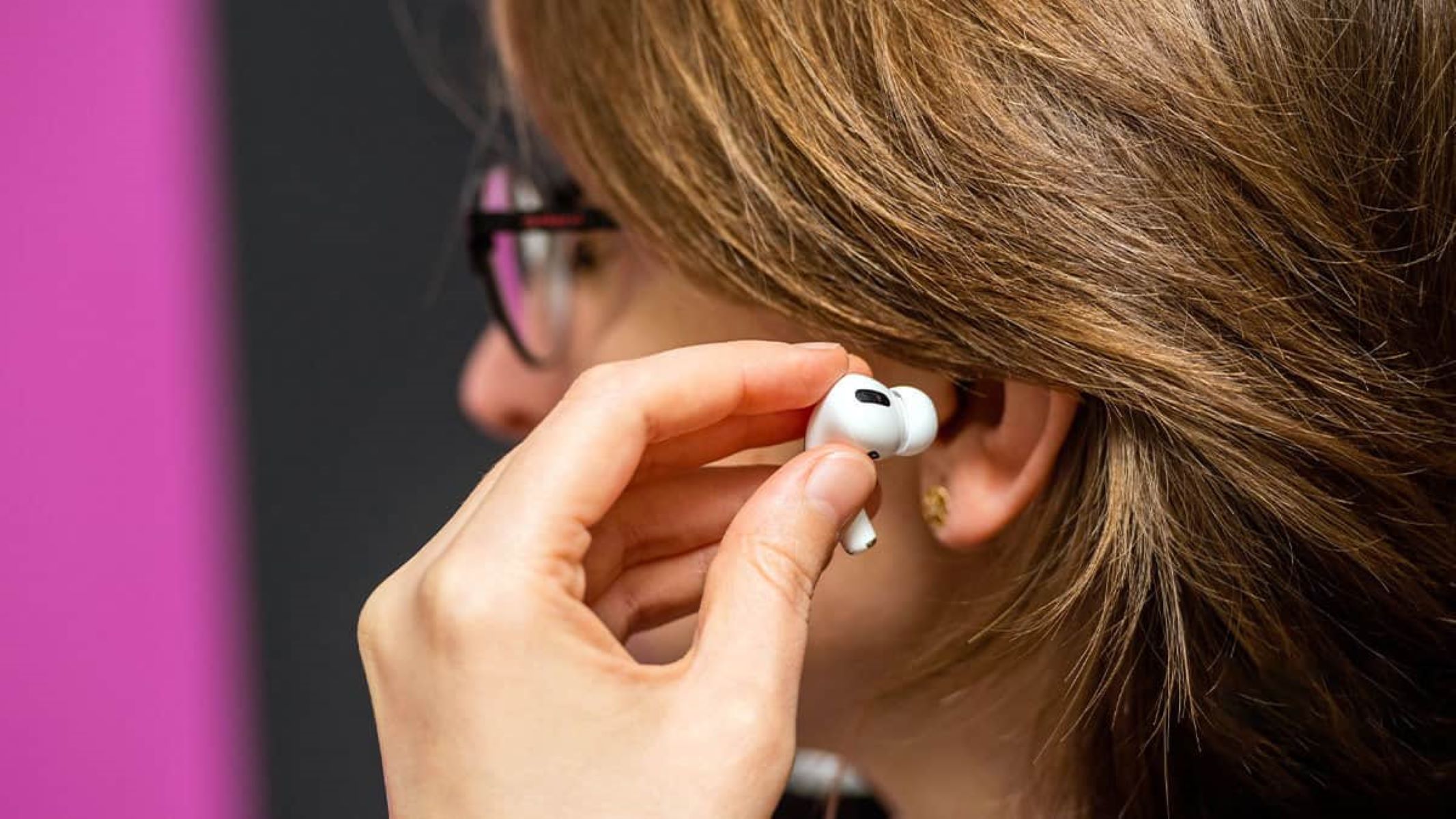Introduction
Welcome to this guide on how to block Bluetooth signals. In today’s connected world, Bluetooth technology has become an integral part of our lives. It allows us to wirelessly connect and share data between devices such as smartphones, tablets, laptops, and even smart home devices. However, there may be instances where blocking Bluetooth signals becomes necessary. This could be due to privacy concerns, security risks, or simply because you want to control the devices that can connect to your Bluetooth-enabled devices.
Understanding Bluetooth technology is the first step in finding effective ways to block its signals. Bluetooth uses short-range radio waves to establish a connection between devices. Its main purpose is to enable wireless communication, allowing devices to exchange data and audio signals.
There are various reasons why you may want to block Bluetooth signals. One of the primary concerns is privacy. Bluetooth signals can be intercepted, potentially allowing unauthorized access to your devices or sensitive information. Another reason is security. Cybercriminals can exploit vulnerabilities in Bluetooth technology to gain control over devices or steal personal data.
Blocking Bluetooth signals can also be useful in certain situations. For example, in a professional setting, it may be necessary to restrict Bluetooth usage to maintain a secure environment. Additionally, in public places where there are multiple Bluetooth-enabled devices, blocking the signals can help eliminate interference and ensure smooth operation.
This guide will explore several methods to effectively block Bluetooth signals. Some methods involve physical barriers, while others make use of technology to control or suppress Bluetooth signals. Each method has its own advantages and limitations, so it’s important to choose the one that best suits your specific needs. Let’s dive in and explore the different methods to block Bluetooth signals.
Understanding Bluetooth Technology
Before delving into the methods of blocking Bluetooth signals, it’s important to have a basic understanding of how Bluetooth technology works. Bluetooth is a wireless communication standard that allows devices to connect and communicate with each other over short distances.
Bluetooth technology operates using radio waves in the 2.4 GHz frequency range. It utilizes a technique called frequency hopping spread spectrum (FHSS), which enables devices to switch rapidly between different frequency channels to avoid interference from other devices in the vicinity.
Bluetooth devices are classified into different classes based on their transmission power. Class 1 devices have the highest transmission power and can operate up to 100 meters. Class 2 devices have a range of about 10 meters, while Class 3 devices have a range of around 1 meter.
Bluetooth technology supports various profiles, which define the different types of tasks that Bluetooth devices can perform. Some common profiles include:
- Headset: Allows for hands-free calling and audio streaming.
- File Transfer: Enables the transfer of files between Bluetooth-enabled devices.
- Serial Port: Allows for the emulation of a serial cable connection for data transfer.
- Object Push: Allows for the transfer of vCards, images, and other types of data.
Bluetooth technology has evolved over the years, with newer versions offering improved speed, range, and energy efficiency. The latest version, Bluetooth 5.2, introduced features like enhanced data rate, low-energy long-range, and improved audio quality.
It’s important to note that Bluetooth connections are typically secured using a pairing process. This process involves the exchange of security keys between the devices to ensure a secure connection. However, vulnerabilities can still exist, making it crucial to take precautions to protect your devices and information when using Bluetooth.
Now that we have a basic understanding of Bluetooth technology, let’s explore the different methods to block its signals.
Reasons to Block Bluetooth Signal
Blocking Bluetooth signals may be necessary for a variety of reasons. Here are some common scenarios where you might want to consider blocking Bluetooth signals:
Privacy Concerns: Bluetooth signals can be intercepted by individuals with malicious intent. By blocking Bluetooth signals, you can prevent unauthorized access to your devices or sensitive data. This is particularly important in public spaces or crowded areas where the risk of data interception is higher.
Security Risks: Bluetooth technology has had its fair share of security vulnerabilities over the years. Cybercriminals can exploit these vulnerabilities to gain control over your devices, steal personal information, or carry out other malicious activities. Blocking Bluetooth signals can help mitigate these security risks by preventing unauthorized connections.
Interference Issues: In environments with multiple Bluetooth devices, such as offices or conference rooms, signal interference can occur. This interference can result in reduced performance and connectivity issues. Blocking Bluetooth signals can help minimize interference and ensure smooth operation of other wireless devices in the vicinity.
Data Leakage Prevention: Some devices automatically connect to nearby Bluetooth-enabled devices, potentially leading to data leakage. By blocking Bluetooth signals, you can prevent these automatic connections and protect your data from being inadvertently shared.
Unauthorized Device Connections: Blocking Bluetooth signals can help you have greater control over the devices that can connect to your Bluetooth-enabled devices. This can be particularly useful in situations where you want to restrict access to your personal devices or prevent unauthorized pairing with your professional devices.
Managing Power Consumption: Bluetooth consumes power even when not in use. If you’re looking to conserve battery life on your devices, blocking Bluetooth signals can be an effective way to reduce power consumption and extend battery life.
It’s important to assess your specific needs and circumstances when considering blocking Bluetooth signals. Implementing the necessary measures can help enhance privacy, security, and overall device performance.
Now that we understand the reasons behind blocking Bluetooth signals, let’s explore the various methods you can employ to achieve this.
Methods to Block Bluetooth Signal
There are several methods available to effectively block Bluetooth signals. Each method has its own advantages and limitations, so it’s important to choose the one that best suits your specific needs. Let’s explore these methods:
- Physical Barriers: One straightforward method to block Bluetooth signals is by using physical barriers. Bluetooth signals have a limited range and can be obstructed by materials like walls, furniture, or even aluminum foil. By positioning physical barriers between the Bluetooth-enabled devices, you can significantly reduce the signal strength and block the signals from reaching the intended destination.
- Switch off Bluetooth: The simplest and most effective method to block Bluetooth signals is to turn off the Bluetooth functionality on your devices. By deactivating Bluetooth, you completely disable the antennas and prevent any further signal transmission or reception. This method ensures complete control over when and where Bluetooth connectivity is permitted.
- Use a Bluetooth Jammer: Bluetooth jammers are devices specifically designed to block or interfere with Bluetooth signals. They work by transmitting radio signals on the same frequencies used by Bluetooth devices, effectively overwhelming and disrupting the Bluetooth signals. It’s important to note that the use of Bluetooth jammers may be subject to legal restrictions in certain jurisdictions, so make sure to familiarize yourself with the local regulations before considering this method.
- Faraday Cage: A Faraday cage is a structure made of conductive material that blocks electromagnetic signals, including Bluetooth signals. By enclosing your devices in a Faraday cage, you can prevent Bluetooth signals from entering or leaving the cage. However, this method may limit the functionality of other wireless communication methods, so careful consideration is required.
- Signal Blocker Apps: There are mobile apps available that claim to block or limit Bluetooth signals on your smartphone or tablet. These apps typically work by placing your device in a low-power Bluetooth mode or by disconnecting from Bluetooth devices when not in use. While they may not completely block all Bluetooth signals, they can help manage the connections and restrict unwanted access to your device.
It’s worth noting that the effectiveness of these methods may vary depending on factors such as the range of the Bluetooth device, the surrounding environment, and the specific model of the device. It’s recommended to test and evaluate the chosen method to ensure the desired level of Bluetooth signal blocking.
By employing one or more of these methods, you can effectively block Bluetooth signals and have better control over the connectivity and security of your devices.
Physical Barriers
One of the simplest and most accessible methods to block Bluetooth signals is by using physical barriers. Bluetooth signals have a limited range and can be obstructed by physical objects, making it an effective way to control the transmission and reception of Bluetooth signals.
To block Bluetooth signals using physical barriers, you can take advantage of the properties of building materials or other objects that can hinder the signal propagation. Here are some examples:
- Walls: Walls made of brick, concrete, or thick materials can significantly reduce the range and strength of Bluetooth signals. Positioning the Bluetooth-enabled devices on opposite sides of a wall can create enough obstruction to block the signals from reaching their intended destination.
- Furniture: Objects such as cabinets, bookshelves, and large pieces of furniture can also act as physical barriers to Bluetooth signals. Placing the Bluetooth devices behind or within close proximity to these objects can help block or weaken the signals.
- Aluminum Foil: Aluminum foil can be an effective and easily accessible material to block Bluetooth signals. By wrapping the Bluetooth-enabled device in aluminum foil, you can create a makeshift shield that reflects and absorbs the signals, preventing them from traveling further.
- Metal Containers: Metal containers, such as metal boxes or cans, can block Bluetooth signals due to their conductive properties. Placing the Bluetooth devices inside these containers can effectively shield the signals from escaping or being received by other devices.
Keep in mind that physical barriers are most effective when the Bluetooth-enabled devices are located on opposite sides of the barrier. The thicker and denser the barrier, the more effective it will be in blocking Bluetooth signals.
However, it’s important to note that physical barriers may not completely block all Bluetooth signals, especially if the devices are in close proximity or if there are gaps or openings in the barrier. Additionally, other wireless communication signals like Wi-Fi or cellular networks may still penetrate the barriers.
When using physical barriers to block Bluetooth signals, it’s important to consider the location and arrangement of the devices to maximize the blocking effect. Experimentation and testing may be needed to find the optimal placement and configuration that achieves the desired level of signal blockage.
While physical barriers can be an effective method to block Bluetooth signals, it’s worth noting that they may also hinder other wireless communication signals. Therefore, it’s essential to strike a balance between blocking Bluetooth signals and maintaining the functionality of other wireless devices in the vicinity.
Now that we have explored the method of using physical barriers to block Bluetooth signals, let’s move on to the next method.
Switch off Bluetooth
A simple yet effective method to block Bluetooth signals is to simply turn off the Bluetooth functionality on your devices. By deactivating Bluetooth, you can completely disable the antennas, preventing any further transmission or reception of Bluetooth signals.
Switching off Bluetooth is a straightforward process and can be done through the settings or quick access menus on most devices. Here’s how to disable Bluetooth on some common devices:
- Smartphones/Tablets: Access the settings menu and look for the Bluetooth option. Toggle the switch to turn it off.
- Laptops/Desktops: On Windows, click on the Bluetooth icon in the system tray, then select “Turn Bluetooth Off.” On macOS, click on the Bluetooth icon in the menu bar and select “Turn Bluetooth Off.”
- Smartwatches and Wearables: Go to the device settings or control center and find the Bluetooth option. Disable it by tapping or selecting the Bluetooth toggle switch.
By switching off Bluetooth, you not only block any ongoing Bluetooth connections, but you also prevent new devices from connecting to your Bluetooth-enabled device. This provides you with complete control over when and where Bluetooth connectivity is permitted.
Keep in mind that disabling Bluetooth may impact the functionality of certain features or accessories that rely on Bluetooth connectivity. For example, if you have wireless headphones connected via Bluetooth, turning off Bluetooth will disconnect them and prevent you from using them wirelessly.
Switching off Bluetooth is a practical solution when you want to ensure that no devices can connect to your Bluetooth-enabled device or when Bluetooth connectivity is not currently needed. It reduces the risk of unauthorized access, data leakage, and potential security vulnerabilities associated with Bluetooth technology.
Remember to periodically check your device settings and ensure that Bluetooth remains switched off when not in use to maintain optimal security and privacy.
Now that we have discussed the method of switching off Bluetooth, let’s move on to explore other ways to block Bluetooth signals.
Use a Bluetooth Jammer
If you need a more aggressive approach to block Bluetooth signals, you can consider using a Bluetooth jammer. A Bluetooth jammer is a specialized device that emits radio signals on the same frequencies used by Bluetooth devices, effectively overwhelming and disrupting the Bluetooth signals in the surrounding area.
Bluetooth jammers work by transmitting radio frequency (RF) signals at the same frequency bands as Bluetooth. This interference interferes with the signals and prevents Bluetooth devices from establishing connections with each other. These devices are designed to emit RF signals strong enough to overpower and disable Bluetooth signals within a given radius.
When using a Bluetooth jammer, it’s essential to be aware of the legal implications and regulations regarding their use. The use of jamming devices may be prohibited or restricted in certain jurisdictions, as they can interfere with legitimate communication systems. Always ensure that you are in compliance with local laws and regulations before considering the use of a Bluetooth jammer.
Bluetooth jammers come in various forms, including portable handheld devices and larger stationary devices. Depending on the model, they can have different ranges and blocking capabilities. It’s important to choose a jammer that suits your specific needs and requirements.
It’s worth noting that using a Bluetooth jammer can disrupt not only the target Bluetooth devices but also other wireless communication systems operating in the same frequency range, such as Wi-Fi or wireless security systems. Make sure to use these devices responsibly and consider the potential impact on other users or systems.
Before using a Bluetooth jammer, it’s recommended to conduct thorough research and understand the capabilities and limitations of the device. Additionally, ensure that you prioritize the safety and privacy of yourself and others when using such technologies.
Using a Bluetooth jammer can be an effective way to block Bluetooth signals in a specific area. However, due to the legal complexities and potential interference with other wireless systems, this method should only be considered after careful consideration and adherence to applicable laws and regulations.
Now that we have discussed the method of using a Bluetooth jammer, let’s proceed to explore another method to block Bluetooth signals.
Faraday Cage
If you are looking for a more comprehensive and versatile method to block Bluetooth signals, you can consider using a Faraday cage. A Faraday cage is a structure made of conductive material that creates a shield against electromagnetic signals, including Bluetooth signals.
The Faraday cage works by enclosing the Bluetooth device(s) within the conductive cage, which then prevents the Bluetooth signals from entering or leaving the cage. The conductive material, typically made of metal, absorbs and redistributes the electromagnetic signals, effectively blocking the transmission and reception of Bluetooth signals.
A Faraday cage can be constructed using various materials, such as copper, aluminum, or conductive mesh. The effectiveness of the cage depends on factors such as the thickness and conductivity of the material used. Thicker and more conductive materials tend to provide stronger shielding capabilities.
It’s important to note that while a Faraday cage can effectively block Bluetooth signals, it may also hinder the functionality of other wireless communication methods. Wi-Fi, cellular signals, and other wireless technologies will also be blocked within the cage. Therefore, it’s crucial to carefully consider your needs and ensure that the use of a Faraday cage does not interfere with other necessary wireless communications.
A Faraday cage can be constructed as a standalone enclosure or incorporated into existing structures, such as rooms or cabinets. It offers a flexible and customizable solution for blocking Bluetooth signals in specific areas.
It’s worth mentioning that the size and design of the Faraday cage will determine its blocking range. Larger cages can block signals over a wider area, while smaller cages are suitable for shielding specific devices or objects. The effectiveness is also influenced by any gaps or openings in the cage, as these can allow signal leakage.
When considering the use of a Faraday cage, it’s important to evaluate the specific requirements of your situation, such as the desired level of signal blocking, the size of the area you want to shield, and the devices or equipment involved.
By utilizing a Faraday cage, you can create a controlled environment that effectively blocks Bluetooth signals, ensuring greater privacy and security for your devices and preventing unauthorized access.
Now that we have explored the method of using a Faraday cage as a Bluetooth signal blocker, let’s proceed to the final method.
Signal Blocker Apps
For those who prefer a software-based solution, there are signal blocker apps available that claim to block or limit Bluetooth signals on smartphones and tablets. These apps typically work by placing your device in a low-power Bluetooth mode or by disconnecting from Bluetooth devices when not in use.
Signal blocker apps offer a convenient and flexible way to control Bluetooth connectivity on your mobile devices. Here are a few key features and benefits of these apps:
- Power Management: Signal blocker apps help manage power consumption by turning off or reducing Bluetooth functionality when not actively being used. This can extend battery life and minimize unnecessary Bluetooth connections.
- Automatic Connection Control: These apps can automatically disconnect from Bluetooth devices and prevent automatic reconnections. This can be useful in situations where you want to restrict device pairing or avoid unintentional connections.
- Creative Whitelisting and Blacklisting: Some signal blocker apps allow you to create whitelists or blacklists of trusted or blocked Bluetooth devices. This gives you granular control over which devices are allowed or blocked from connecting to your device.
- Customizable Settings: Signal blocker apps often offer customizable settings to tailor the Bluetooth connectivity management to your specific needs. You can adjust the behavior and thresholds to suit your preferences.
It’s important to note that while signal blocker apps can help manage Bluetooth connectivity, they may not completely block all Bluetooth signals. There may still be potential for certain connections or signals to bypass the app’s restrictions.
When choosing a signal blocker app, it’s recommended to research and select a reputable app from a trusted source, such as your device’s app store. Read user reviews and check the app’s privacy policy to ensure it aligns with your privacy and security preferences.
Signal blocker apps offer a user-friendly approach to controlling Bluetooth connections on your mobile devices. By using these apps, you can gain greater control over your Bluetooth connectivity, limit potential security risks, and maintain a secure and private wireless environment.
Now that we have explored the method of using signal blocker apps, let’s summarize the various methods to block Bluetooth signals.
Conclusion
Blocking Bluetooth signals can be necessary for a variety of reasons, including privacy concerns, security risks, and interference issues. In this guide, we explored several methods to effectively block Bluetooth signals.
Physical barriers, such as walls, furniture, and aluminum foil, can be utilized to obstruct Bluetooth signals and create a controlled wireless environment. Switching off Bluetooth on devices provides a simple and effective way to disable Bluetooth functionality.
For those who need a more aggressive approach, Bluetooth jammers can disrupt Bluetooth signals, but their use may be subject to legal restrictions. Faraday cages made of conductive materials provide comprehensive and versatile Bluetooth signal blocking, although they may affect other wireless communication methods within the cage.
Signal blocker apps offer a software-based solution to control Bluetooth connectivity on mobile devices, allowing for power management and connection control.
Each method has its own advantages and limitations, so it’s important to choose the method that aligns with your specific needs and consider any legal or operational implications.
Remember, blocking Bluetooth signals should always be approached responsibly and in compliance with applicable laws and regulations. Carefully consider your requirements and evaluate the potential impact on other wireless devices or communication systems.
By implementing the appropriate method to block Bluetooth signals, you can enhance your privacy, security, and control over Bluetooth-enabled devices, ensuring a safer and more secure wireless environment.










